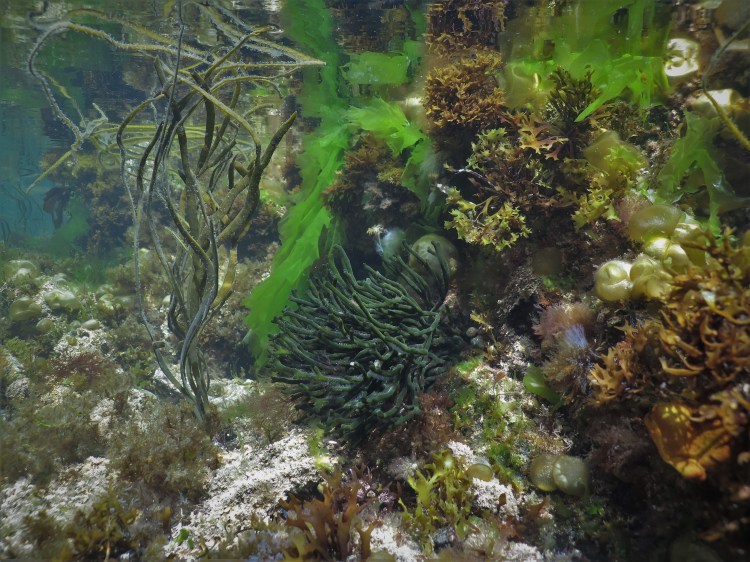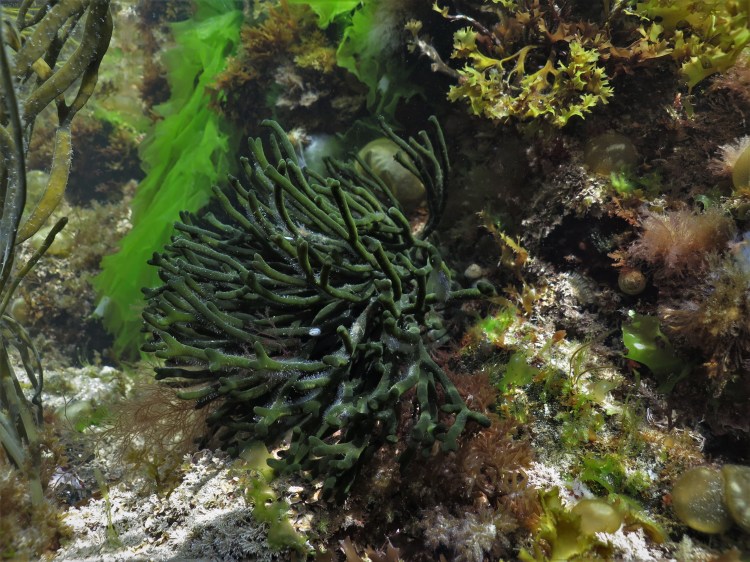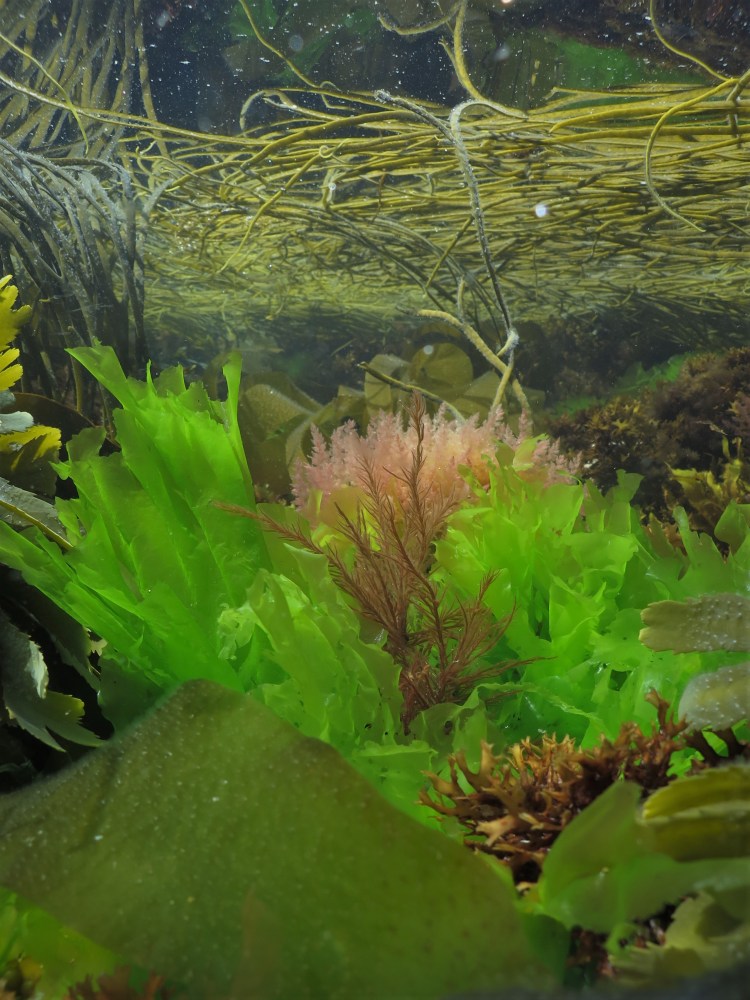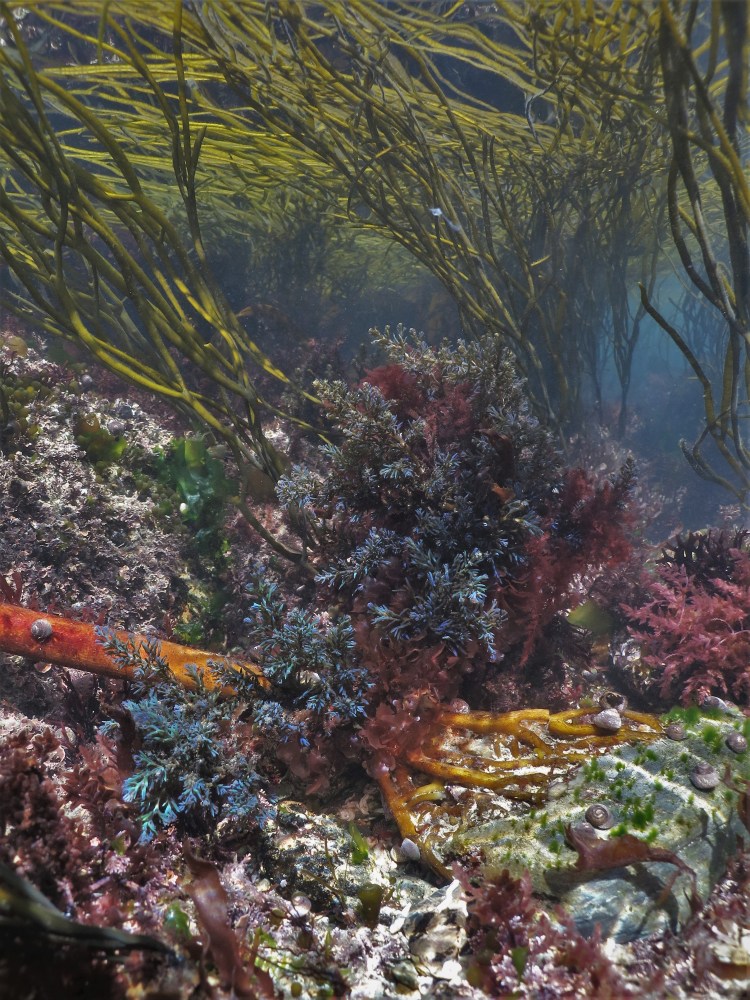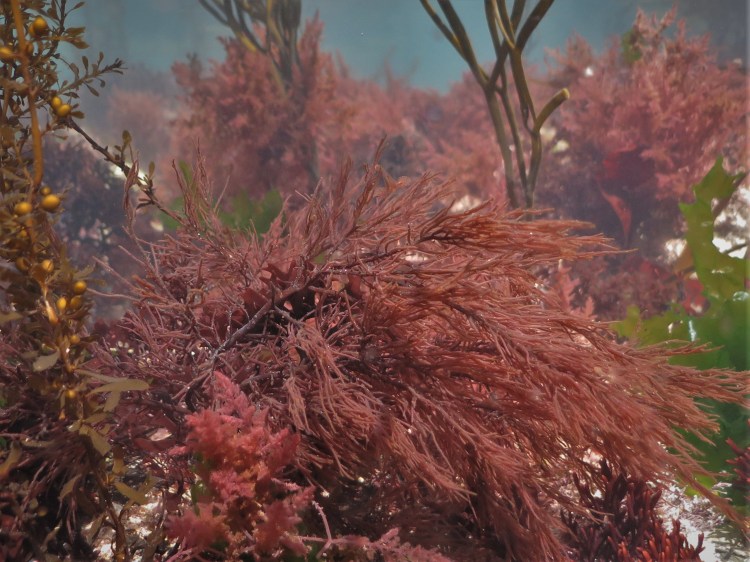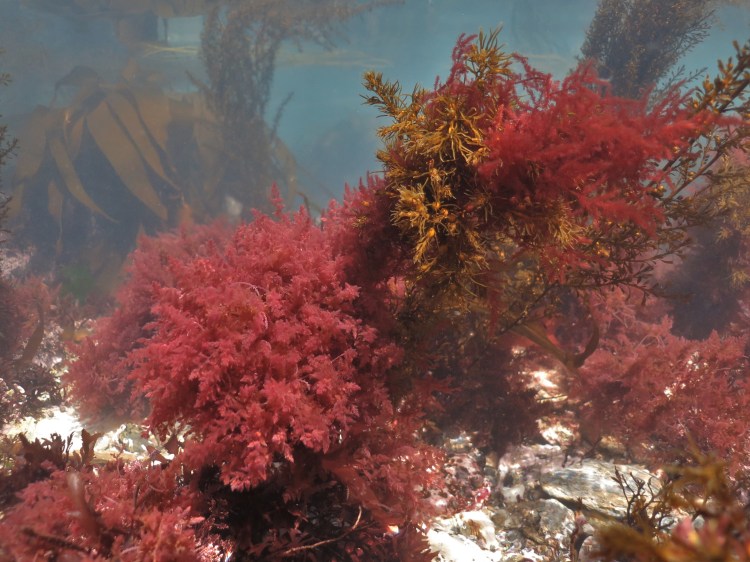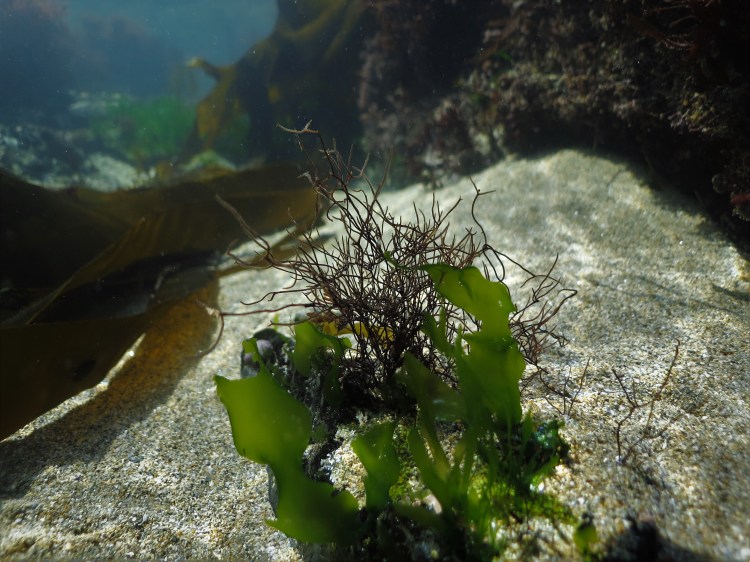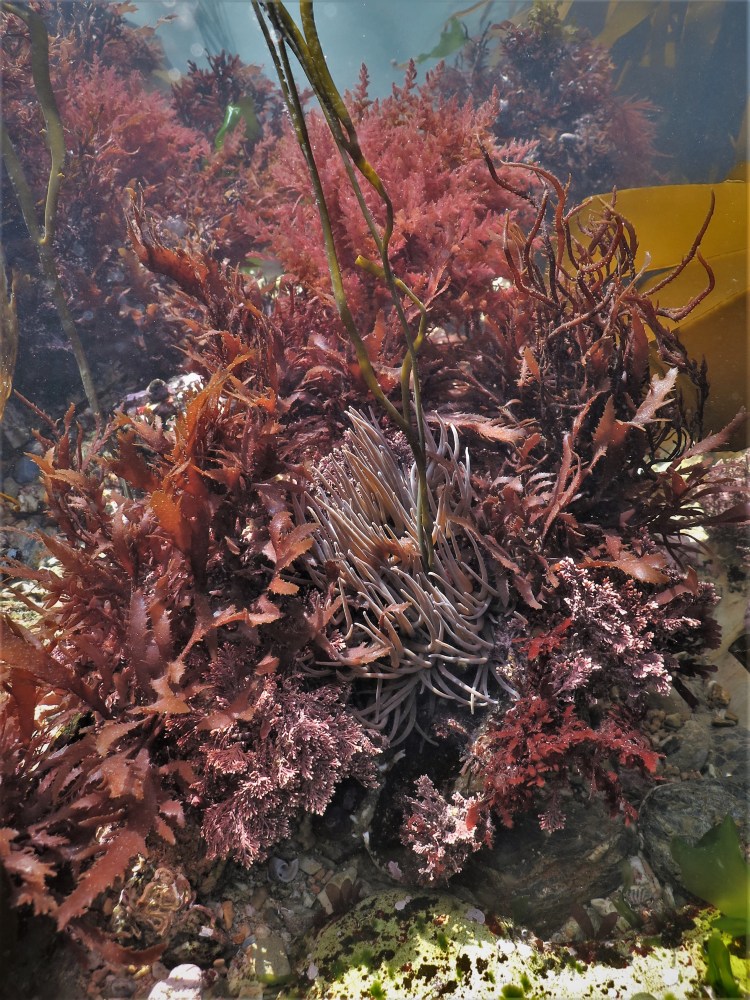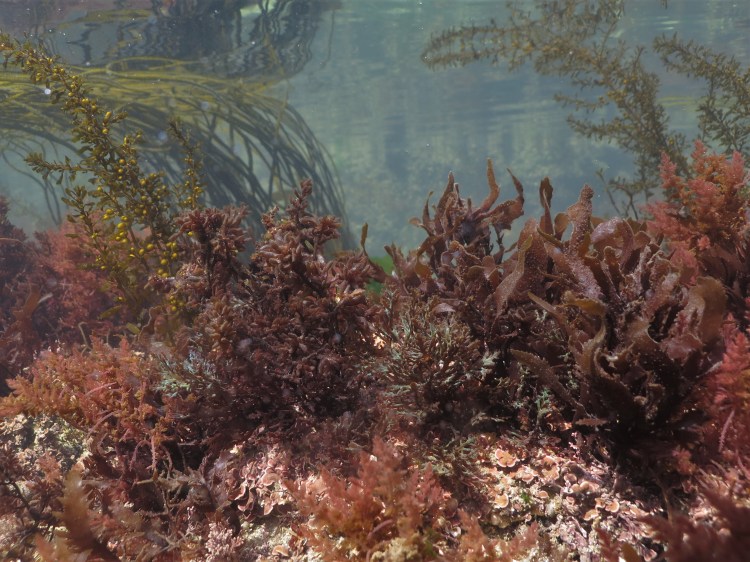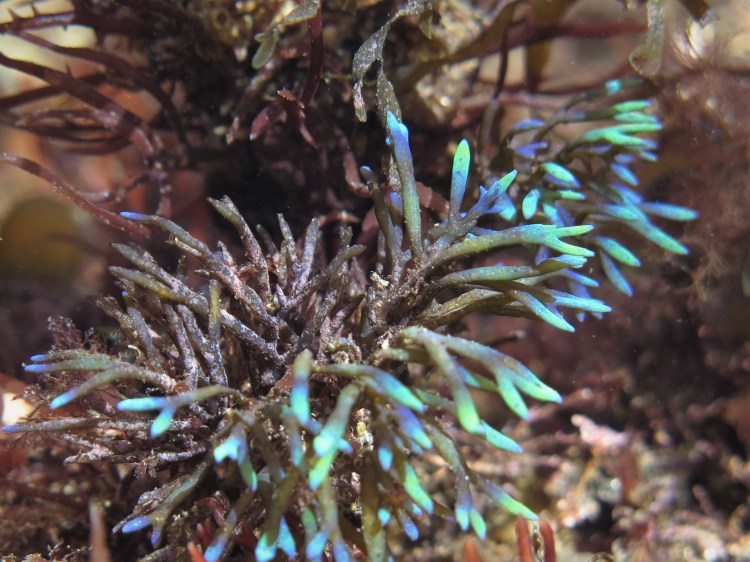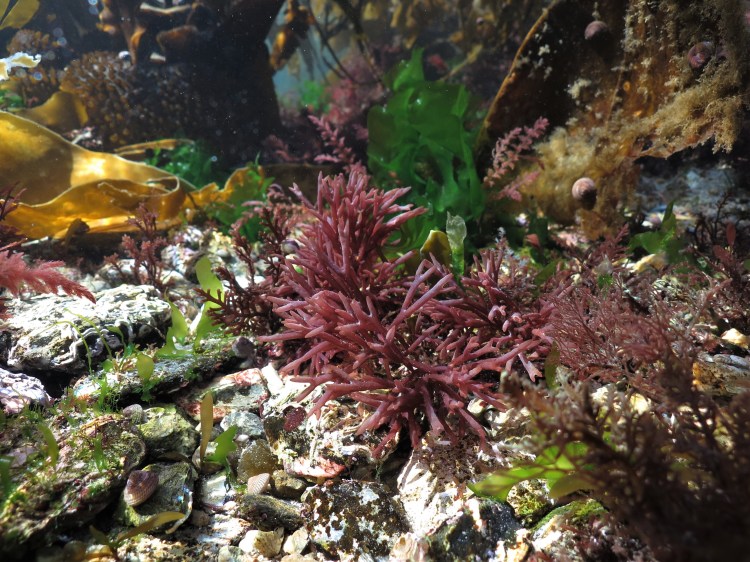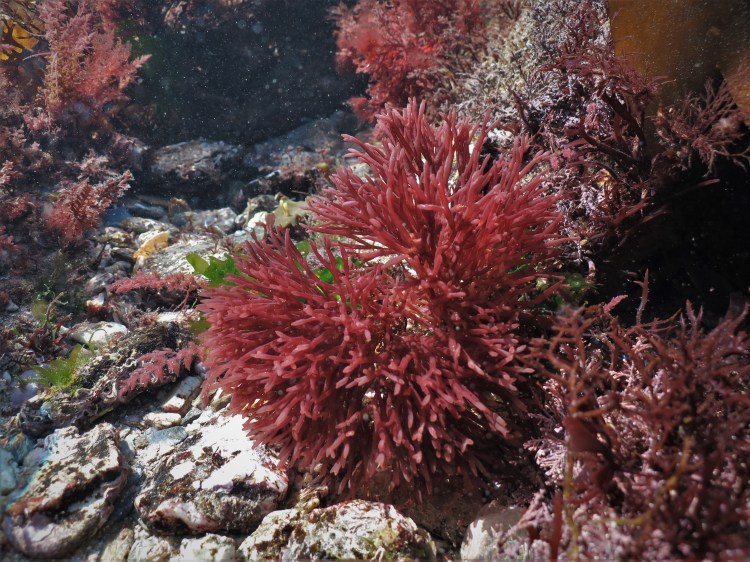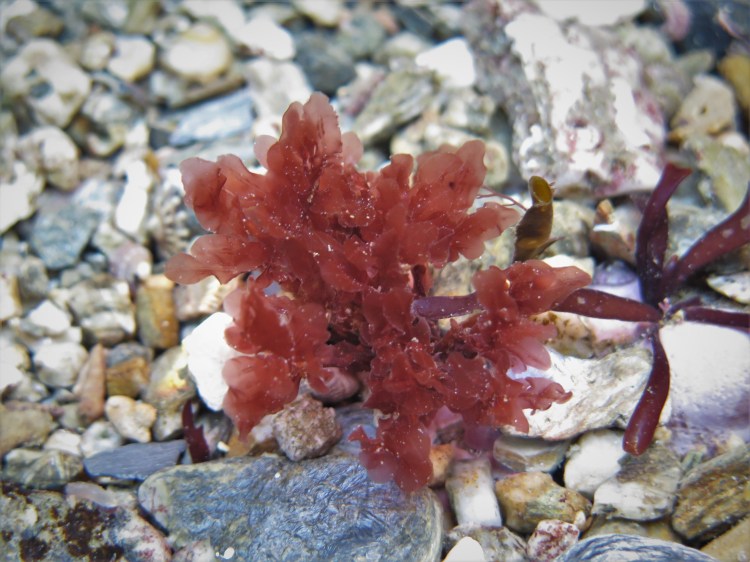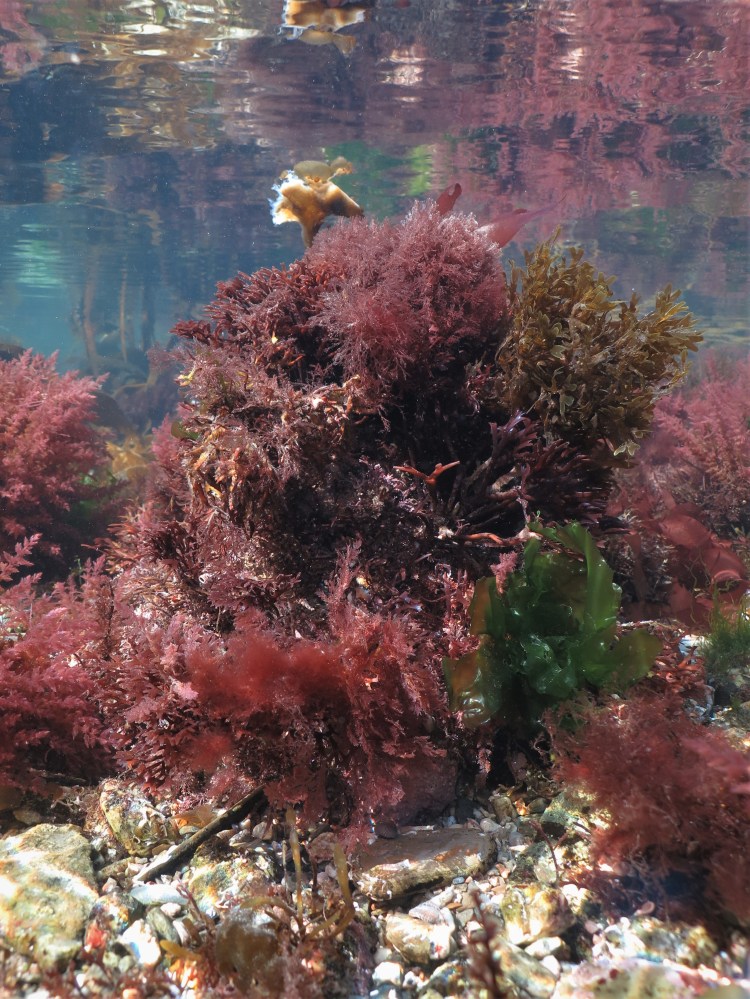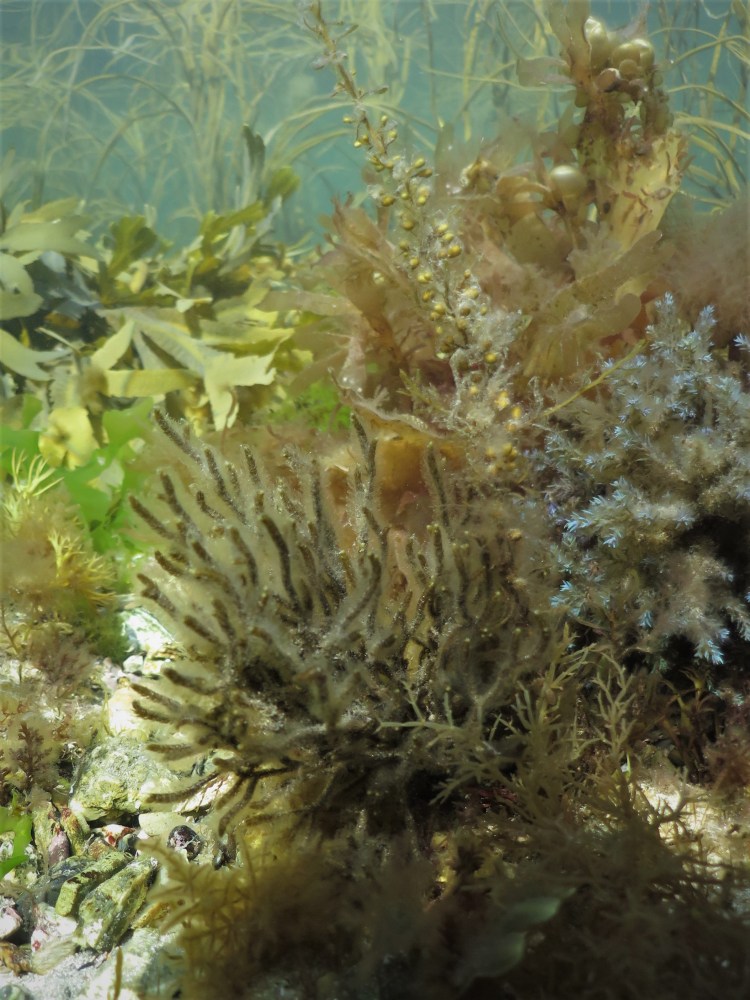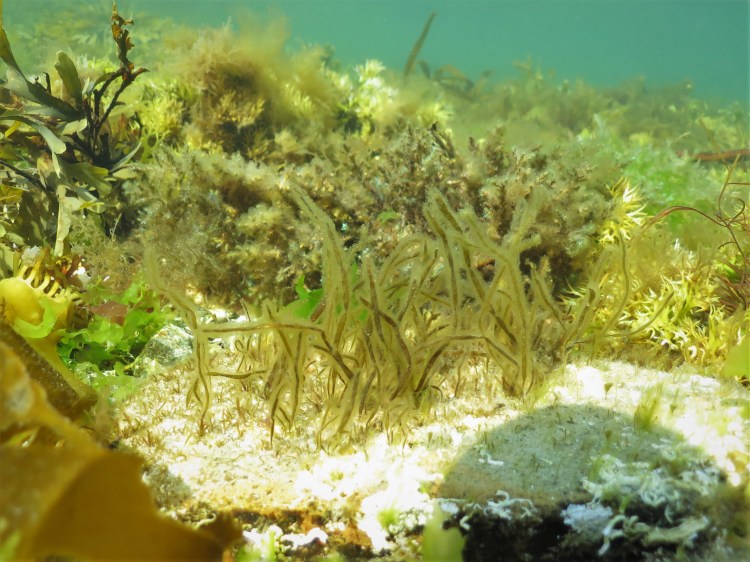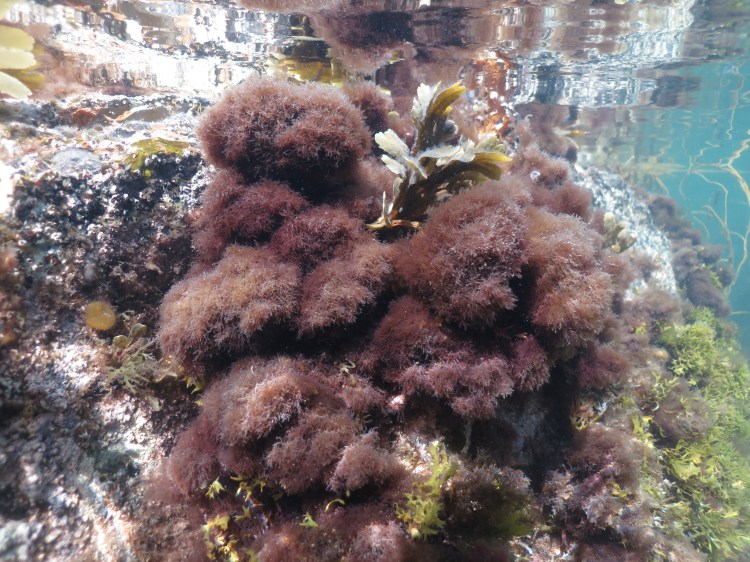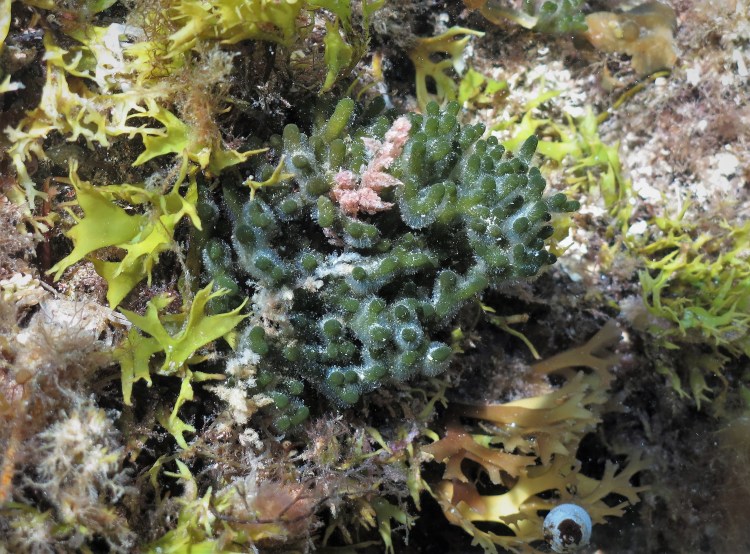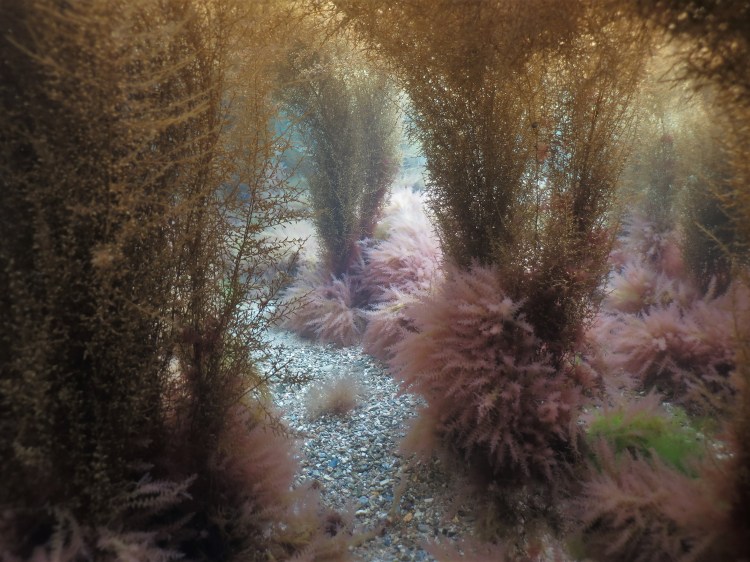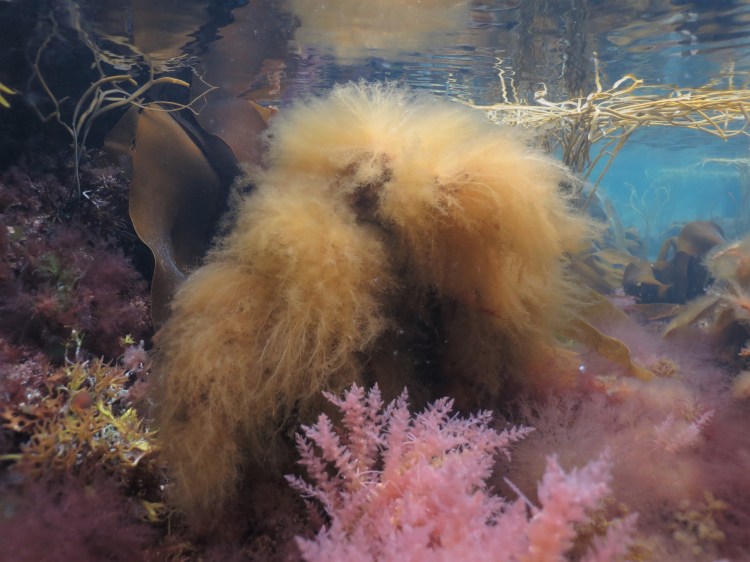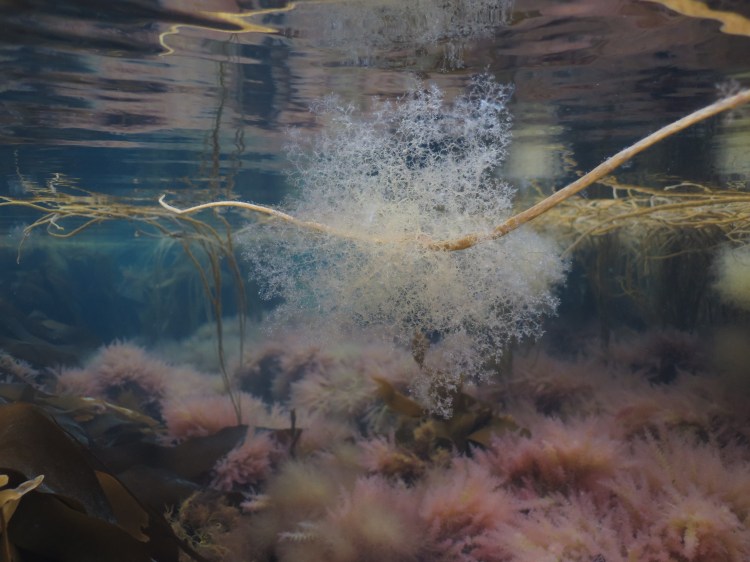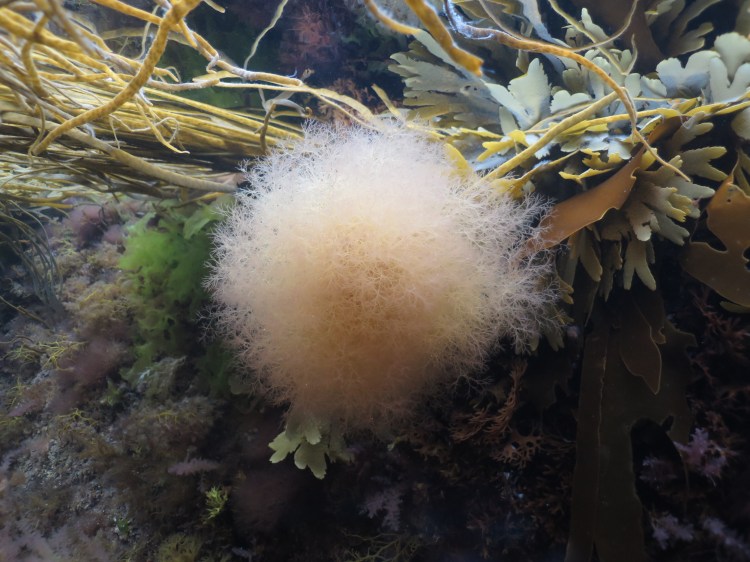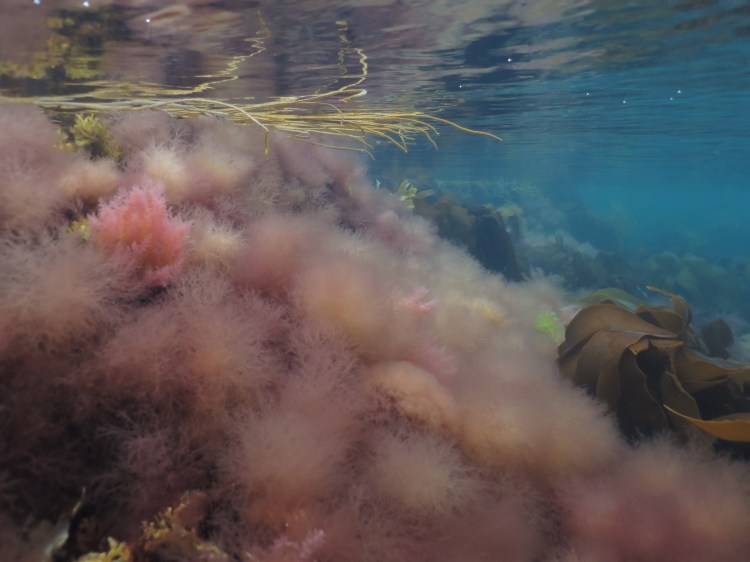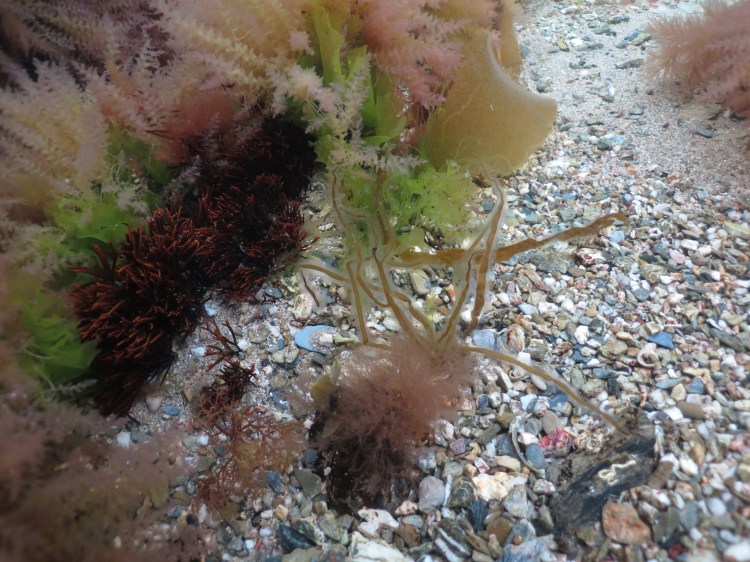 After posting this photo on the Seaweeds of the NE Atlantic group, I received a lot of positive replies, and Jason Spencer-Hall, Professor at Plymouth Uni and president of the British Phycological Society asked me to submit this photo for the annual Hilda Canter-Lund Photo competition. This award was established in recognition of Hilda Canter-Lund, whose photomicrographs of freshwater algae combined high technical and aesthetic qualities whilst still capturing the quintessence of the organisms she was studying. I am pleased to say I ended up as joint winner (there is always a micro-algae and a macro-algae winner), prize money included! The caption:
After posting this photo on the Seaweeds of the NE Atlantic group, I received a lot of positive replies, and Jason Spencer-Hall, Professor at Plymouth Uni and president of the British Phycological Society asked me to submit this photo for the annual Hilda Canter-Lund Photo competition. This award was established in recognition of Hilda Canter-Lund, whose photomicrographs of freshwater algae combined high technical and aesthetic qualities whilst still capturing the quintessence of the organisms she was studying. I am pleased to say I ended up as joint winner (there is always a micro-algae and a macro-algae winner), prize money included! The caption:
Carpodesmia tamariscifolia (Bushy Rainbow Wrack) framed by Himanthalia elongata (Thong Weed) in a rockpool in Falmouth, Cornwall, U.K.
I took this photo of this stunningly beautiful iridescent Rainbow Wrack spring 2020 at a low tide when this rockpool was no more than a meter deep. This species is a perennial that forms a home to many animals, from sponges to tunicates, and is often used by the Bull Huss to attach its egg cases to. Many seaweed species also grow epiphytically on Bushy Rainbow Wrack, such as the invasive red species Bonnemaisonia hamifera on this photo. Photo taken using an Olympus OM-D E-M5 Mark II with an 8mm fisheye lens and with a single automatic strobe.
Definitely THE photo competition for me and I hope to get more good shots for the 2021 installment (most probably next March/April). As this post is short, below a photo (taken with my old camera) I submitted in 2017 (I managed to forget about the competition in the intervening years). 



























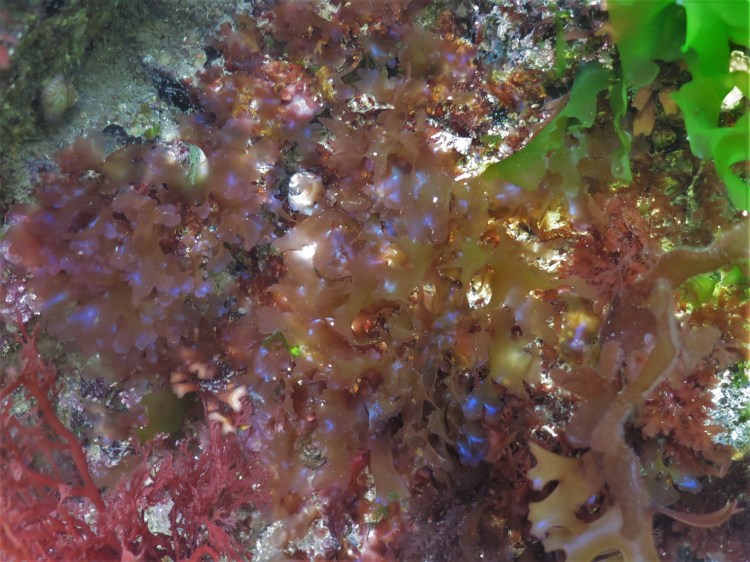
 By the next snorkel session the 19th, the visibility was much better. Some photos of the green seaweed Codium sp., A Gelidium sp. (pulchellum?) and a patch of Slender-beaded coral weed Jania rubens growing epiphytically on Hairy sponge weed Cladostephus spongiosus with the very common species Ulva and Oyster thief Colpomenia peregrina (and others). Next, Beautiful Fan weed Callophyllis laciniata and another Berry wart Cress Sphaerococcus coronopifolius.
By the next snorkel session the 19th, the visibility was much better. Some photos of the green seaweed Codium sp., A Gelidium sp. (pulchellum?) and a patch of Slender-beaded coral weed Jania rubens growing epiphytically on Hairy sponge weed Cladostephus spongiosus with the very common species Ulva and Oyster thief Colpomenia peregrina (and others). Next, Beautiful Fan weed Callophyllis laciniata and another Berry wart Cress Sphaerococcus coronopifolius.